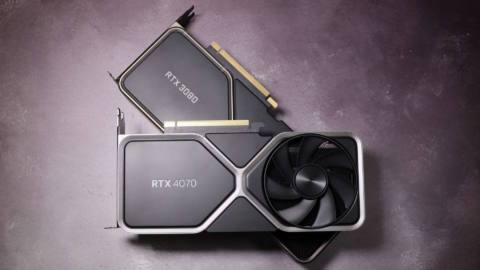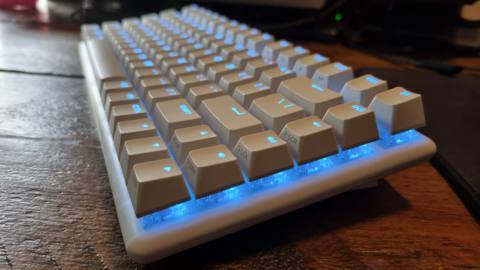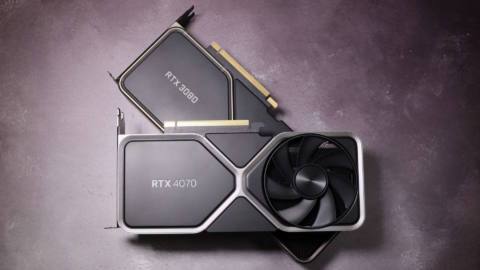“I’ve bet the whole company on 18A.” So, says Intel CEO Pat Gelsinger in the most deadpan, matter-of-fact manner imaginable. He's not glib. He's not joking. Everything rides on Intel's 18A process according to Gelsinger.
Intel's CEO made the comment during a recent interview with TechTechPotato. And we can't help but notice that Gelsinger was even less equivocal this time than when he addressed precisely the same subject late last year.
As we noted at the time, he stopped just short of saying he was betting the company on 18A. “Betting the entire company? I don’t know that I’d go all that way,” he said in November. “But this is the biggest bet we have ever made as a company because it also puts incredible stress on the financials of the company,”
Whether Gelsinger has decided to elevate Intel's biggest ever bet into an entirely existential wager out of confidence that the plan is progressing or desperation as oblivion approaches, well, we're all going to have to wait and see.
To recap the technical specifics, 18A is the production process that qualifies as number five in Intel's accelerated roadmap back to technological leadership. Intel 7 we already have in Alder Lake and Raptor Lake CPUs, and Intel 4 just made it out of the door at the end of last year with the Meteor Lake chips. 20A supposedly arrives late this year with the Arrow Lake CPU family and then it's the 18A node's turn to roll out in 2025. Phew.
But why is 18A, rather than any of the other landmarks along the way so important? Partly the answer is to do with the advanced technology it promises. 18A will offer backside power, or what Intel calls PowerVia. In really, really simple terms, that means supplying power to a chip's transistors from below rather than above.
If you're wondering why that matters, Gelsinger explained it all last year and it all comes down to the problems caused by feeding power down through the multiple layers of wiring and interconnects that sit on top of the transistors in a modern chip.
“When you look at a metal stack and a modern process, leading edge technology might have fifteen to twenty metal layers. Metal one, metal two…and [then] the transistors down here. So it’s just an incredible skyscraper design. Well, the top level of metals is almost entirely used for power delivery, so now you have to take signals and weave them up through this lattice. And then you want big fat metals and why do you want them fat? So you get good RC characteristics, you don't get inductance, you're able to have low IR drop right across these big dies.”
The bottom line is that those power lines feeding down into the chip cause interference. The solution is backside power and for Gelsinger it is a “hallelujah” moment for the chip industry.

Best CPU for gaming: The top chips from Intel and AMD.
Best gaming motherboard: The right boards.
Best graphics card: Your perfect pixel-pusher awaits.
Best SSD for gaming: Get into the game ahead of the rest.
“Now you're not struggling with a lot of the overall topology, die planning considerations, and you're going to get better metal characterization because now I can make them really fat, really big and right where I want them at the transistor, so this is really pretty powerful,” he said.
The other reason why 18A is so important to Intel is that it's the main target node for its ambitious plans to become the second biggest customer foundry in the world by 2030. TSMC is, of course, the world's biggest maker of chips for customers, with Samsung currently a distant second.
Gelsinger's plan is for Intel Foundry Services, or IFS, to take that second spot away from Samsung and the supposed attraction of its 18A node is a big part of the reason why Intel thinks it will be able to win customers away from the likes of TSMC and Samsung.
For now, it's hard to judge exactly how well Intel is doing with its plans to return to form. Microsoft has popped up as a customer for its 18A node, along with the lesser lights of Ericsson, Siemens, and a handful of others. But the clock is ticking on whether it's able to consistently deliver for these new customers, and then garner more.
Within two years all will be revealed and the future of not just Intel but arguably the whole chip industry is riding on that revelation.






